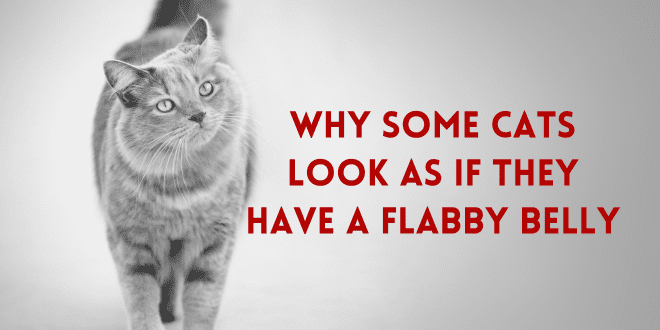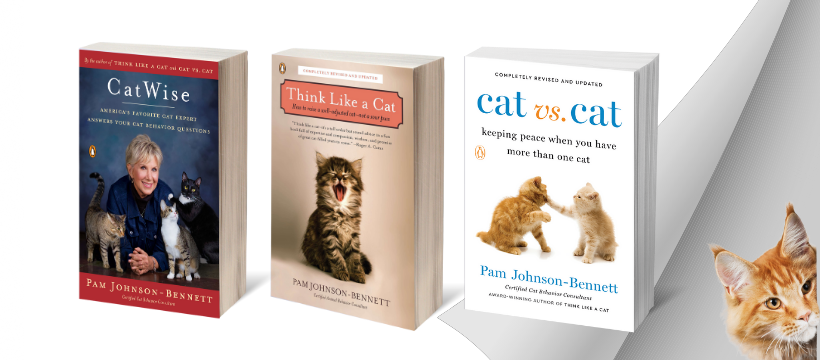
As your cat walks by, you can’t help but notice what looks like a flabby belly that seems to sway with every step she takes. Does all that loose skin mean your cat is fat or out of shape? Has your mighty feline hunter gone soft? Perhaps not. That loose flap of skin and fat on that belly is called the primordial pouch and it actually serves important functions.
This loose skin is seen on both domestic cats and even on non-domestic cats. Certain breeds may have more noticeable primordial pouches.
Protection During Cat Fights
The abdomen is a very vulnerable area because injury can cause severe damage to the delicate organs located there. Having that loose skin provides extra protection during a fight in case the opponent engages in bunny kicking by raking hind claws down the other cat’s stomach.
Primordial Pouch Helps with Stretching
The loose skin of the pouch may help the cat stretch out her limbs to the max when in full stride. Cats are extremely flexible and the looseness of the skin may enable them to have more extension.
Food and Energy Reserves
The primordial pouch may have been crucial to your cat’s ancestors when consuming prey after a hunt. The pouch’s ability to expand may have enabled the feline hunters to stuff their stomachs to maximum capacity since they wouldn’t know when they’d eat again.
Watch Your Cat’s Weight
The primordial pouch is seen on even slender, active cats. This pouch is not the same as a cat having too much fat. It’s important to not confuse this flap with feline obesity. Your cat may have a large belly that is actually due to being overweight. If you’re in doubt about whether your cat is at a healthy weight, it’s time for an examination by the veterinarian.
Need More Information?
For more information on cat behavior and training, refer to the best-selling books by Pam Johnson-Bennett. Pam’s books are available at bookstores and online. We’ve included Amazon links here on our website.
If you have a question about your cat’s behavior or health, contact your veterinarian. This article is not intended as a medical diagnosis nor is it a replacement for your cat’s regular veterinary care. This article is for general information purposes only.



